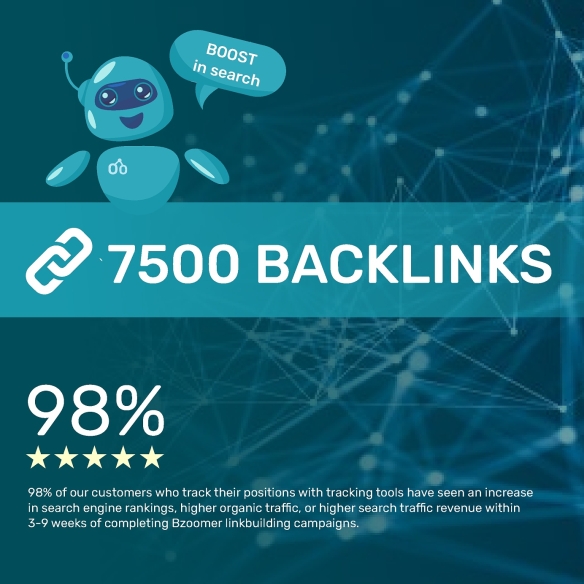In the professional window cleaning industry, delivering spotless, streak-free windows is the ultimate goal. Traditional methods, which often involve soap, squeegees, and lots of elbow grease, are time-consuming and not always effective—especially when dealing with hard water stains and high-rise buildings. That’s where a Window Cleaning DI system makes all the difference.
What Is a Window Cleaning DI System?
A Window Cleaning DI system (Deionization system) is a water purification solution specifically designed to remove minerals and impurities from tap water. These impurities, such as calcium, magnesium, and other dissolved solids, are the primary cause of water spots and streaks left behind after cleaning.
The DI system uses ion-exchange resin to strip these minerals from the water, leaving it ultra-pure. When this purified water is used for window cleaning, it naturally absorbs dirt and dries without leaving any residue—no squeegees needed.
The Advantages of Using a Window Cleaning DI System
• Spot-Free Results Every Time
Because DI water is completely free of minerals, it doesn’t leave any marks when it evaporates. This ensures crystal-clear windows, even in direct sunlight.
• Faster Cleaning With Less Effort
Pure water systems eliminate the need for drying or detailing with towels. You simply rinse the surface and walk away.
• Safer for High-Reach Applications
Paired with a water-fed pole, a Window Cleaning DI system allows cleaners to work from the ground without ladders or lifts—enhancing both safety and efficiency.
• Eco-Friendly Cleaning
There’s no need for chemicals or soaps, making DI water systems a greener choice for residential and commercial window cleaning.
• Long-Term Cost Savings
Though there’s an upfront investment, the reduced labor time, fewer chemicals, and minimized equipment wear can significantly lower operating costs in the long run.
Who Should Use a Window Cleaning DI System?
A Window Cleaning DI system is ideal for:
• Professional window cleaning companies
• Facilities maintenance teams
• Commercial building managers
• Residential cleaners seeking superior results
• Solar panel cleaning specialists
Whether you’re servicing multi-story office buildings, storefronts, or homes, integrating a DI system can streamline your process and elevate your results.
How It Works
A typical Window Cleaning DI system includes:
• A DI tank filled with ion-exchange resin
• A connection for garden hose or direct water source
• Output to a water-fed pole
• Optional TDS (Total Dissolved Solids) meter to monitor water purity
As water passes through the DI tank, the resin removes all dissolved solids. You’ll know it’s working when the TDS meter reads “0,” indicating pure water output.
Custom Solutions for Your Needs
At J. Racenstein's ProTool Division, professionals can design and build a Window Cleaning DI system tailored to your specific requirements—whether you need a compact unit for residential work or a high-capacity system for large-scale operations.
Their custom builds combine durable materials, smart layout design, and real-world functionality to ensure long-lasting performance and easy mobility.
Maintenance Tips for Maximum Performance
To get the best results from your Window Cleaning DI system, keep the following in mind:
• Regularly check and replace resin when the TDS begins to rise
• Flush the system with clean water after each use
• Store the unit in a cool, dry place to preserve resin life
• Inspect all hoses and fittings for wear or leaks
Final Thoughts
For anyone serious about professional window cleaning, investing in a Window Cleaning DI system is a smart move. It offers faster service, better results, and a safer, more sustainable approach to cleaning. Whether you’re a solo cleaner or managing a fleet, the transition to pure water cleaning could be the upgrade your business needs.
Say goodbye to streaks, chemicals, and ladders—Window Cleaning DI systems are redefining what it means to clean windows the modern way.


